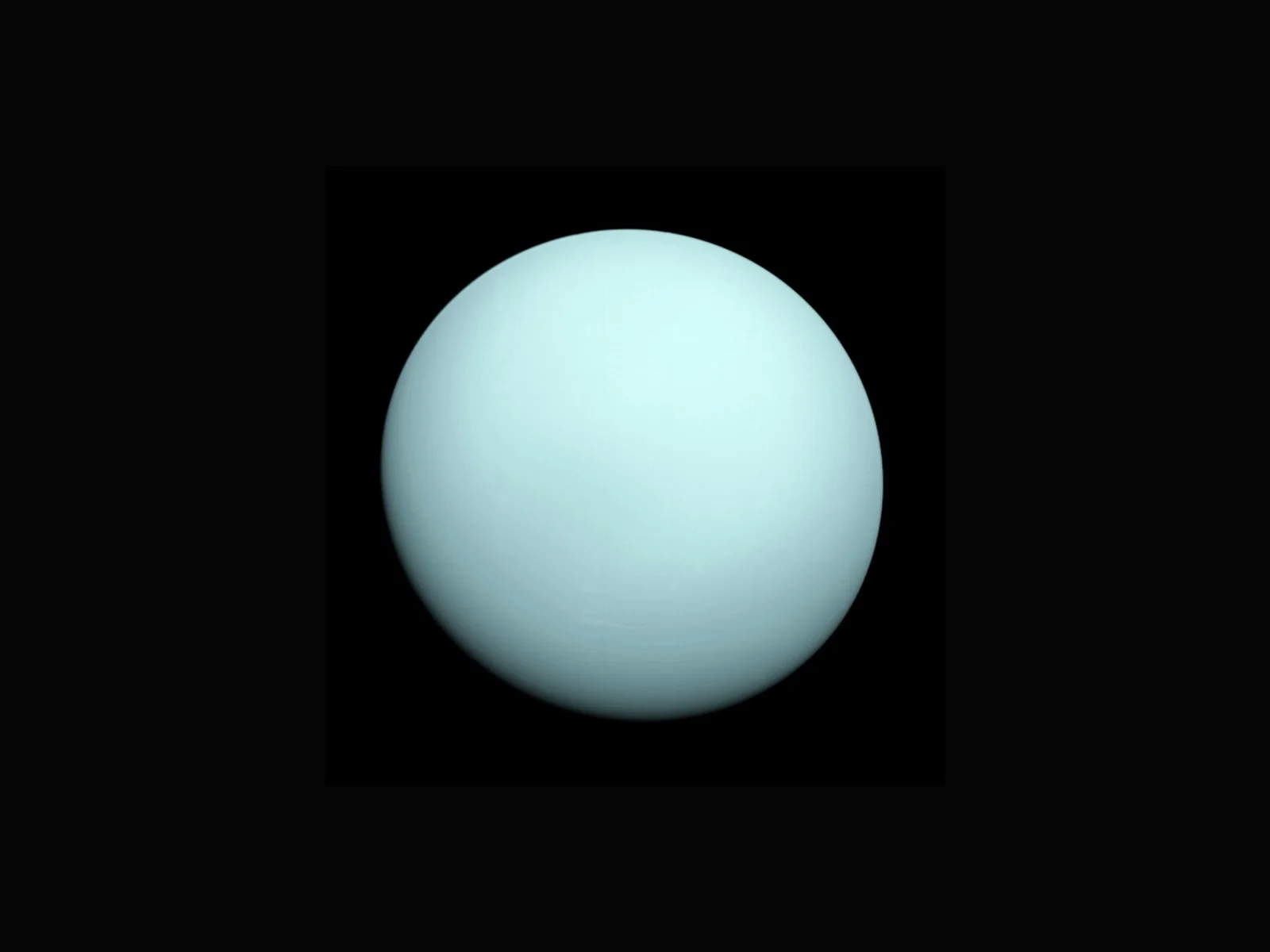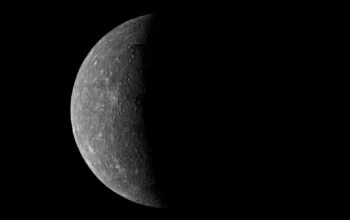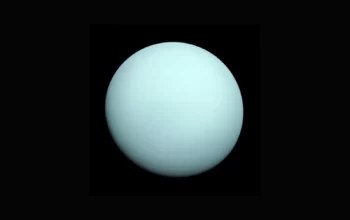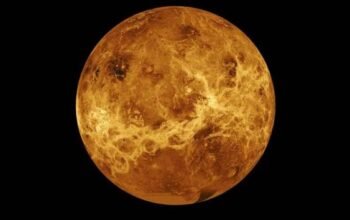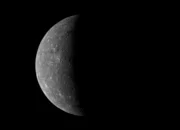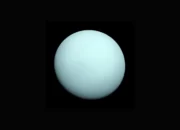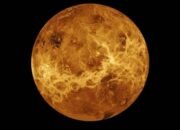middleportal.com – Uranus, the ice giant residing in our outer solar system, is a truly remarkable celestial body. Its size dwarfs that of our home planet Earth, and the vast difference between the two is truly awe-inspiring. Let’s delve into the numbers and explore the magnitude of Uranus compared to Earth.
The Diameter Comparison
When it comes to diameter, Uranus reigns supreme. Boasting an equatorial diameter of approximately 31,763 miles (51,118 kilometers), Uranus is a whopping four times wider than Earth. In comparison, Earth measures a mere 7,917 miles (12,742 kilometers) across its diameter. To put it into perspective, if Earth were a nickel, Uranus would be about the size of a softball placed next to it.
The Voluminous Difference
The massive size difference between Uranus and Earth translates to an even more significant disparity in volume. Uranus has a volume approximately 67 times greater than Earth. Just imagine the vast expanse of space within Uranus, enough to fit dozens of Earths inside it. To illustrate this, envision Earth as a basketball and Uranus as a giant beach ball. The contrast is truly mind-boggling.
Looking Beyond Diameter
While size is undoubtedly impressive, it’s important to remember that it’s not the only factor to consider. Earth may be smaller, but it is much denser than Uranus. The higher density of Earth means that it packs more mass into its smaller volume. On the other hand, Uranus is primarily composed of lighter elements like hydrogen and helium, resulting in a lower overall density.
This disparity in density has significant implications for the composition and characteristics of these two planets. Earth’s higher density contributes to its solid surface and the ability to sustain life as we know it. Uranus, with its lower density, exhibits a different set of physical properties and atmospheric dynamics.
The Fascination of Uranus
The vast size difference between Uranus and Earth makes it a subject of great fascination for astronomers and scientists alike. Its distance from the Sun, averaging about 19 astronomical units, and its unique tilted axis, which causes it to spin almost sideways, present intriguing challenges for studying its atmosphere and composition.
Exploring Uranus allows us to gain valuable insights into the formation and evolution of planets, as well as the dynamics of our solar system. By studying its atmosphere, scientists can better understand the composition of gas giants and the various processes that shape their climates.
Uranus, with its immense size and distinctive characteristics, continues to captivate the scientific community and inspire further exploration. As we delve deeper into the mysteries of this ice giant, we unlock new knowledge about the vast wonders of our universe.
